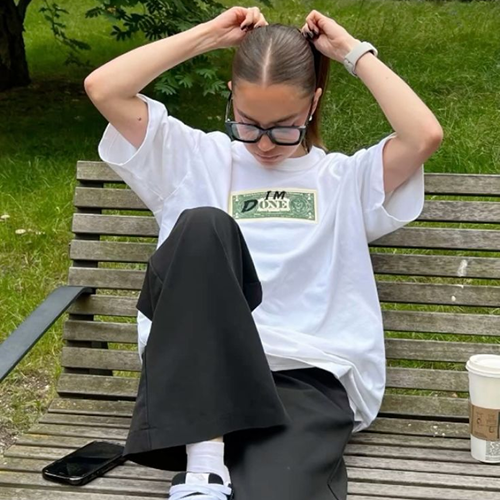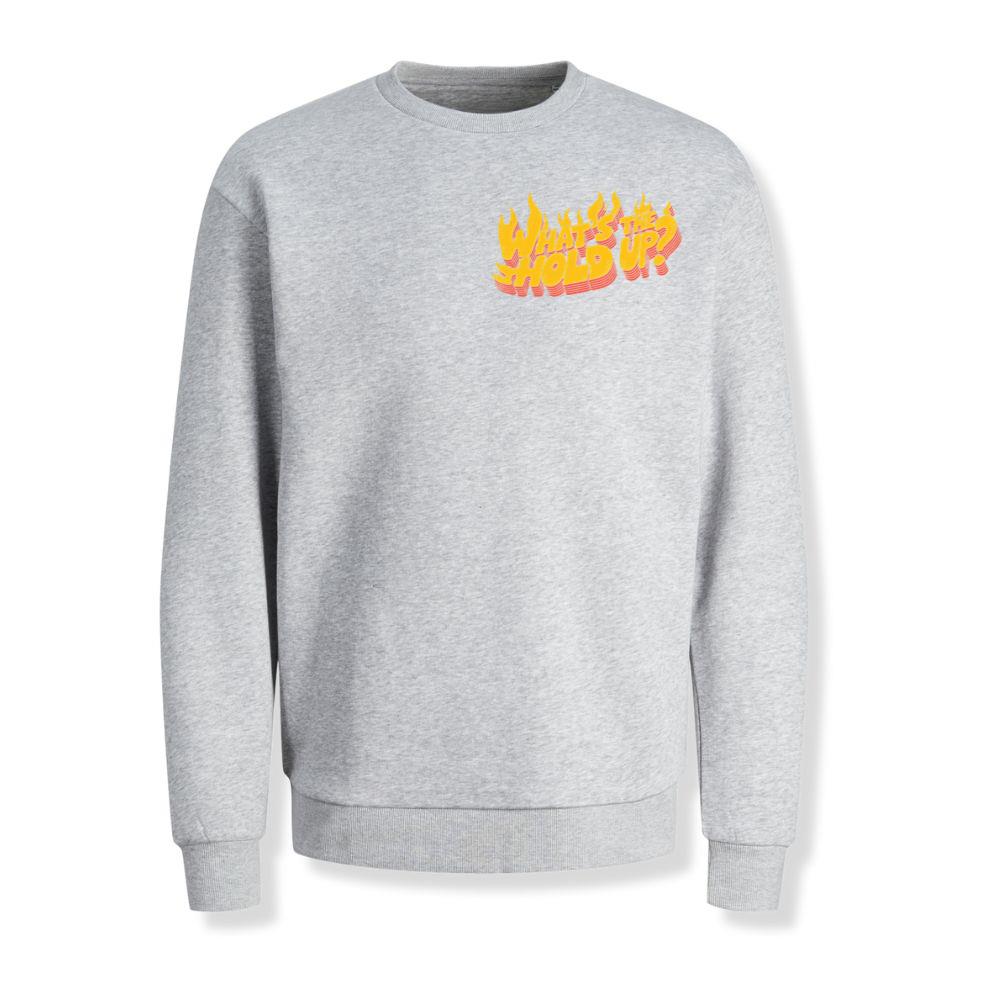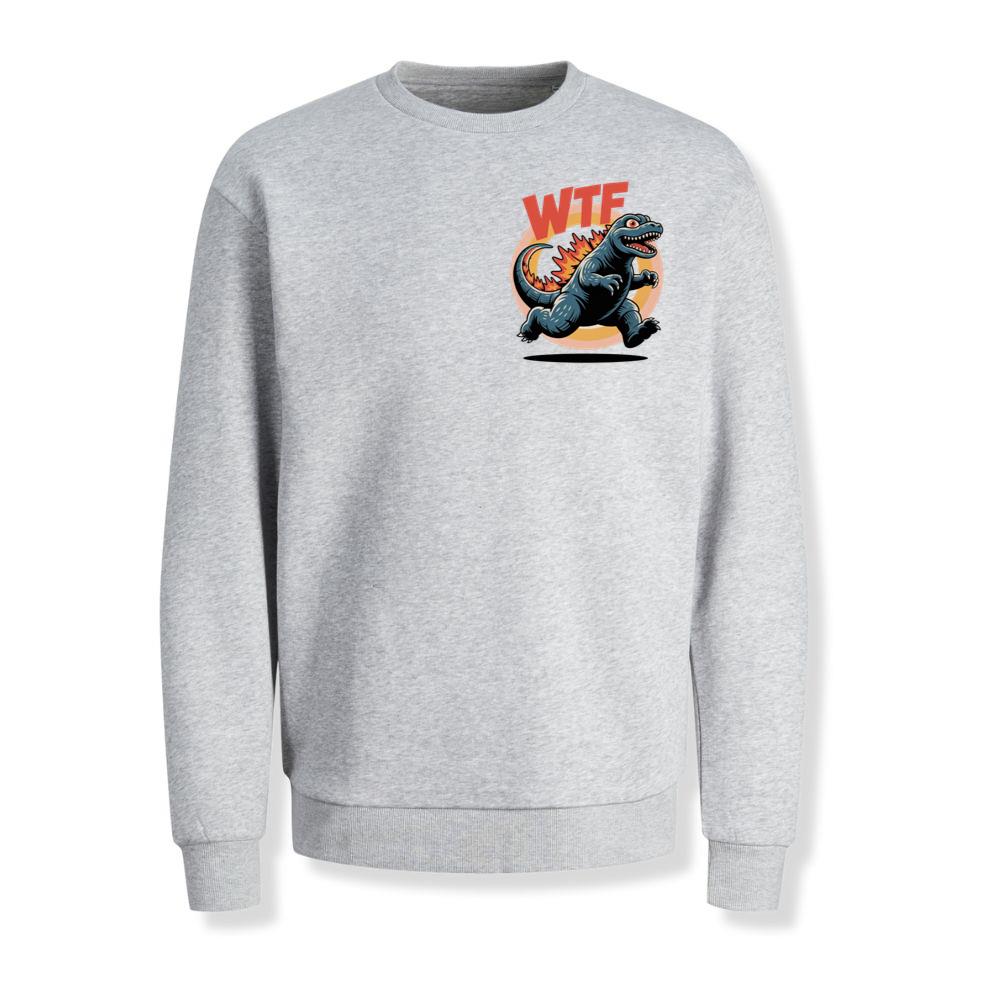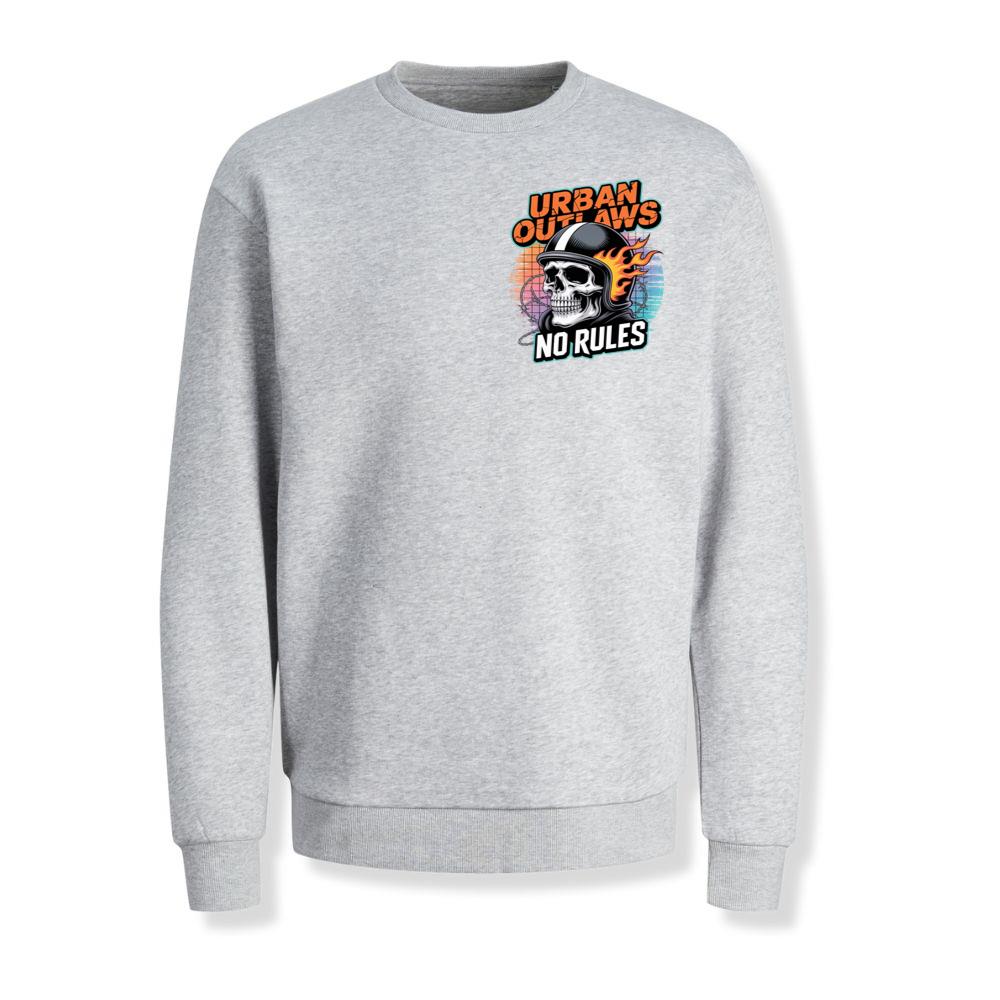Introduction: A Blank Canvas That Never Fades
Among all garments in fashion history, none has had a more profound impact with such simplicity as the white T-shirt. It’s the quiet rebel of wardrobes—the most basic yet most essential piece that transcends age, gender, and culture. Every designer, stylist, and everyday wearer has a relationship with it.
The white T-shirt is the essence of minimalism: a symbol of purity, rebellion, and modern sophistication all at once. It’s a paradox—humble yet powerful, silent yet expressive, casual yet elevated.
In 2025, the white tee has reclaimed its throne. No longer just a layering base, it’s now a statement of refined authenticity—proving that simplicity will always outlast complexity.
A Brief History: From Undergarment to Icon
The story of the white tee begins in the early 1900s when it was first issued to U.S. Navy sailors as an undershirt. Its purpose was purely functional: to absorb sweat, provide comfort, and remain hidden beneath uniforms.
But in the mid-20th century, Hollywood gave it a face. When Marlon Brando wore a tight white T-shirt in A Streetcar Named Desire (1951) and James Dean followed in Rebel Without a Cause (1955), the world saw something new: masculinity stripped of pretense, raw and effortless.
The white tee became an act of defiance—a way to say, “I don’t need embellishment to be seen.”
From there, it became an icon of counterculture. Rock stars wore it torn and stained. Activists printed slogans across its chest. Designers reinterpreted it season after season. Yet, no reinvention has ever diminished its core power: purity through simplicity.
The Philosophy of Minimalism
Minimalism isn’t just a design principle—it’s a way of thinking. The white tee embodies this perfectly. In a world overflowing with color and chaos, it offers calm. Its blankness invites possibility.
The minimalist fashion movement—championed by brands like COS, The Row, and Uniqlo U—places the white tee at the center of their collections. Its beauty lies not in what it adds but in what it omits. Every detail—cut, seam, and texture—matters.
A perfectly designed white T-shirt is like good architecture: clean, structured, timeless.
Fabric as Philosophy: Quality Over Quantity
The evolution of the white tee is largely a story of fabric innovation. What separates a $5 tee from a $150 one isn’t just the label—it’s the craftsmanship.
Today’s premium white tees focus on sustainability, texture, and longevity. Key materials include:
- Supima Cotton — Extra-long fibers for superior softness and durability.
- Organic Cotton — Ethically grown and chemical-free, softening naturally with time.
- Modal and Tencel — Smooth, lightweight, and moisture-resistant—ideal for humid climates.
- Bamboo Fabric — Hypoallergenic, breathable, and biodegradable.
These fabrics don’t just look good—they feel personal. They move with you, adapt to your lifestyle, and develop character over years of wear.
The White Tee as Identity
Every generation redefines what the white T-shirt means.
- In the 1950s, it was rebellion.
- In the 1970s, it was protest.
- In the 1990s, it was street cool.
- In the 2020s, it’s mindfulness.
Today’s wearer chooses the white tee as a statement of grounded individuality. It’s no longer about shouting for attention—it’s about presence through restraint. It’s confidence without costume.
The white tee has become a tool of communication—an unspoken declaration that true style doesn’t need validation.
The Power of Fit
Fit is everything. A white tee can transform depending on how it drapes across the body.
- Slim Fit: Clean, sharp, and subtly athletic. Perfect for layering under blazers.
- Boxy Fit: A nod to ‘90s nostalgia and contemporary streetwear aesthetics.
- Oversized: Youthful and androgynous—often paired with relaxed trousers or denim.
- Cropped or Shrunken: Feminine, modern, and confident in minimal exposure.
The key is proportion. The perfect white tee balances structure and ease—it never clings, yet it never disappears.
Styling the White Tee: Endless Possibilities
The white T-shirt is fashion’s most flexible building block. It transitions seamlessly between casual and sophisticated with the right styling.
- Classic Cool: White tee + blue jeans + white sneakers = timeless perfection.
- Smart Casual: Tuck into tailored trousers, add a leather belt and loafers.
- Street Luxe: Oversized white tee layered over long sleeves, paired with cargos and statement sneakers.
- Monochrome Minimal: White tee + cream pants + silver accessories for clean, elevated simplicity.
- Genderless Grunge: Boxy tee over pleated skirt or wide-leg jeans—style without boundaries.
In every case, the white tee serves as the anchor. It grounds bold pieces and enhances understated ones. It’s the wardrobe’s silent conductor.
The White Tee in Pop Culture
From Kurt Cobain’s grunge rebellion to Steve Jobs’ tech minimalism, the white tee has shaped visual identities across generations. It’s been the silent partner in revolutions—both cultural and personal.
Even luxury houses have embraced its purity. Hermès, Balenciaga, and Saint Laurent all reinterpret the white T-shirt every few seasons. Some sell for hundreds, yet the core remains unchanged: form, fit, and feeling.
The white tee’s cultural immortality lies in its universality. It belongs to everyone yet feels uniquely yours.
Sustainability and the Future of the White Tee
Fast fashion has saturated the market with disposable T-shirts, but a new wave of brands is pushing back. Conscious labels now prioritize:
- Traceable cotton sourcing
- Water-efficient production
- Biodegradable dyes
- Circular recycling systems
Consumers are also embracing slow fashion—investing in fewer, better pieces. The white tee has become a vehicle for mindful consumption: proof that simplicity and ethics can coexist beautifully.
Emotional Durability: The Tee That Grows With You
What makes the white tee truly timeless is emotional durability. Unlike trend pieces, it doesn’t fade in meaning—it deepens.
Everyone remembers their favorite white tee: the one that fit just right, the one they wore on a road trip, to an interview, or through heartbreak. It becomes part of your story. The small stains, frayed edges, and softened fabric don’t ruin it—they perfect it.
Fashion ages; the white tee evolves.
The Psychology of White: Purity and Power
The color white carries psychological weight. It represents new beginnings, clarity, and openness. In a chaotic digital world, wearing white is an act of quiet rebellion—choosing peace over noise.
That’s why designers and thinkers alike gravitate toward it. The white T-shirt, in its essence, is mental minimalism made visible.
From Basics to Statement: The 2025 White Tee Movement
The 2025 version of the white tee isn’t about reinvention—it’s about refinement. New silhouettes blend form and function with subtle artistry:
- Raw hems and asymmetrical cuts add depth.
- Box stitching and architectural seams redefine structure.
- Minimal branding emphasizes craftsmanship over hype.
It’s the fashion world’s return to honesty—a shift from excess toward essence.
Conclusion: Simplicity as the New Luxury
The white T-shirt endures because it embodies the soul of fashion: adaptability, integrity, and authenticity. It reminds us that good design doesn’t need decoration—it needs intention.
As trends rise and fall, the white tee stays.
It’s the one item that belongs to every generation and transcends every label.
In the end, true style isn’t about what you wear—it’s about how confidently you wear what’s simple.
And nothing expresses that better than the timeless white tee.













